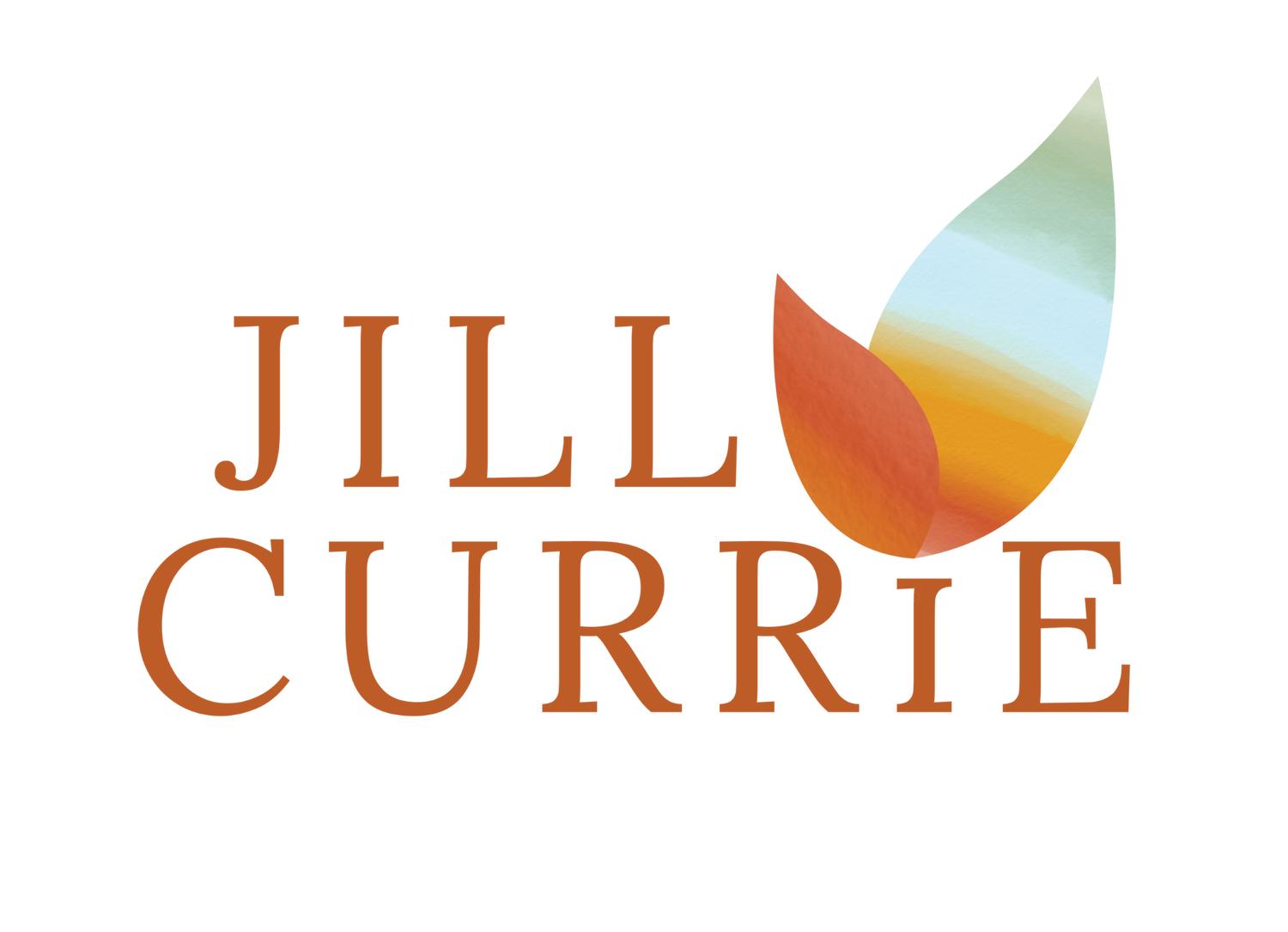I Am What I See Myself Doing
This morning I am looking around at the beautiful plants on my patio. To my right is a lovely one ... I don’t have a clue what it’s called. But it has these beautiful, brilliant flowers that look like a cross between a feather and a flame. It had been sitting in the too-small plastic cup I brought it home in until yesterday, when I finally screwed up the courage to transfer it to a larger, heavier planter. Today it looks like it’s thriving.
I have always said I had a “numb thumb.”* Want to kill a plant? Give it to me. I had lots of evidence to support this ... the cactus (cactus!) that I killed in high school. Neglected house plants. An entire, beautifully landscaped yard that withered during my children’s toddler years, as all of my nurturing attention went to them.
But today, I look at this potted plant, happy and upright, and I think ... Okay. Maybe I am a person who cares for plants. Evidence is all around me: new growth on the raspberry plant. Overflowing pots of fresh herbs on the balcony. Pots of peppers beginning to bear fruit. Heck, I might be a gardener!
One of the tools we utilize in positive psychology coaching is called “self-perception theory” (developed by psychologist Daryl Bem).
“Self-coaching tip: Even small steps forward create a shift in beliefs that can power forward motion. ”
Conventional wisdom says that we act in accordance with our beliefs about ourselves. So if I believe that I kill plants, I’m going to continue to kill plants. That’s true to some extent. (It’s also a fixed mindset, which deserves a whole post of its own. Stay tuned!)
Self-perception theory turns that on its head. It says that we believe about ourselves what we see ourselves doing. After all, we frequently base beliefs about other people on what we see them doing. If I see you give money to the unhoused man on the corner, or leaving a big tip for that young waitperson, I think you are generous. The same applies to our view of ourselves.
Why does this matter?
Because it means we can start to change what we believe about ourselves, at any moment, by changing what we do. And changing our view of ourselves then affects the next choice we make, which grows our self-perception further. It’s one example of the kind of “upward spiral” that positive psychology tools help us create. Call it a life hack, or just some good old-fashioned momentum ... but it works.
In my gardening example: I had a vague or uncertain perception of myself (at best) as a gardener until a few years ago. Gradually, I braved a few steps forward. First, I kept a single (hardy) house plant alive for a few years. Then I began potting a few annuals in the summer. In the last few years, my husband and I have begun tending a few pepper and tomato plants, and now I even have a few plantings that have survived from year to year. Each step I took helped me see myself as someone who cares for plants, and that helped me believe I was capable of taking the next step.
Progress was slow at first, but it has begun to pick up. Next year, I’m planning a small vegetable plot!
So to boil it down, the self-coaching tip is this: If there is an area where you are doubting your abilities—or something you’d like to do, but you have trouble believing yourself to be a person who does that thing—even small steps forward can create a shift in beliefs that will continue to power forward motion.
Think of all the things that a person who has that identity does, and pick one. It doesn’t matter which one. Start small, and observe how your beliefs about yourself change over time.
Let me know how it goes!
*This post originally said “black thumb.” Upon reflection, I feel uncomfortable with the implied negative connotation of “black” in this common phrase. I understand usage like this to be harmful to people of color. I came across the term “numb thumb” while researching this phrase & found it to be both less harmful and more suitable — because it implies a potentially temporary state (growth mindset). I am leaving this note to acknowledge my original misstep, because so often we as white folks erase the evidence of our mistakes, which prevents others from learning from them and can be a form of gaslighting at its worst.
